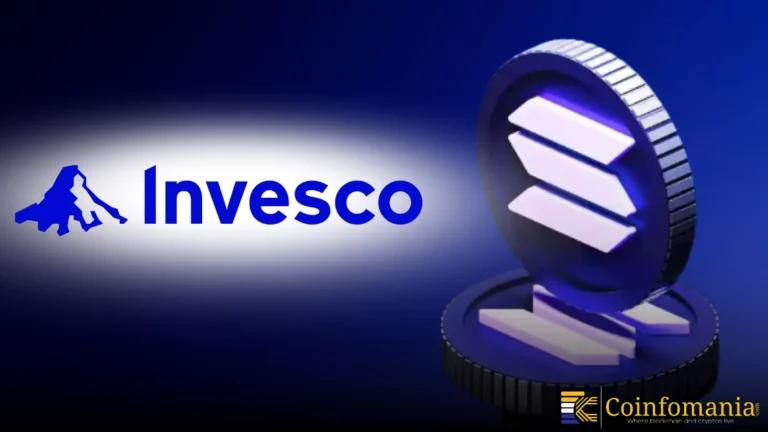Saudi FDI Slips 7% in Q1, But Vision 2030 Drives Strategic Global Shift
Discover how Saudi foreign direct investment declined slightly in Q1 yet continues to support economic diversification under Vision 2030.

Quick Take
Summary is AI generated, newsroom reviewed.
Saudi Arabia’s FDI dropped 7% in Q1 2025 but rose 44% year-on-year, supporting Vision 2030 goals.
New policies require regional headquarters in Saudi to boost foreign investment and improve transparency.
Low debt provide investment space; unemployment hits historic low, improving economic outlook.
On June 29 , Saudi Arabia reported a 7% drop in FDI compared to the previous quarter. The kingdom attracted 22.2 billion riyals or $5.92 billion in foreign direct investment during the first three months of 2025. This was down from 24 billion riyals or $6.40 billion in the last quarter of 2024. Although lower quarter-on-quarter, the inflows remain above the first quarter of last year’s level.
FDI Growth Supports Vision 2030 Economic Diversification Goals
Year-on-year, Saudi Arabia’s FDI rose 44%, from 15.5B riyals or $4.13B in early 2024. This increase aligns with Vision 2030’s goal to diversify the economy beyond oil revenues. Foreign direct investment is essential to developing sectors like tourism, entertainment, and sports. It also supports job creation and expands the private sector. The kingdom aims to attract $100 billion in FDI by 2030 through large development projects. These “giga projects” focus on transforming Saudi Arabia’s economy and infrastructure. However, ongoing FDI inflows still lag far behind the target. Obstacles such as regulatory complexity and the challenging business environment discourage foreign investors. Saudi Arabia is still seen more as a capital source than an investment destination.
Fiscal Deficit and Low Debt Provide Room for Economic Investment
Saudi Arabia expects a fiscal deficit of about $27 billion this year, financed by borrowing. The International Monetary Fund notes that the country’s net debt is around 17% of GDP. This makes Saudi Arabia one of the least indebted nations worldwide. The low debt level provides some room for economic investment. It also allows Riyadh to continue with efforts to lure foreign direct investment.
New Policies Require Regional Headquarters to Boost Foreign Investment
New policies are to spur greater foreign investment in Saudi Arabia. Since 2021, state contracts have been required to be obtained by firms that establish regional headquarters in the kingdom. The government also intends to revise investment laws to enhance transparency. Such reforms are to treat both foreign and local investors equally. They may help increase foreign direct investment inflows over time. Saudi Arabia’s FDI inflows are recorded at $6.4 billion in the first quarter, the strongest opening since 2022. It is 24% above the comparable quarter last year. The kingdom is targeting $37 billion in FDI for 2025.
Unemployment Drops and Growth Outlook Improve Saudi Investment Climate
Other economic indicators show improvement, supporting the investment climate. The unemployment rate dropped to 6.3%, a historic low in the first quarter. The IMF projects 3.5% economic growth for Saudi Arabia this year. These positive trends may encourage more foreign direct investment. However, investor concerns and market challenges still need to be addressed.
Follow us on Google News
Get the latest crypto insights and updates.


